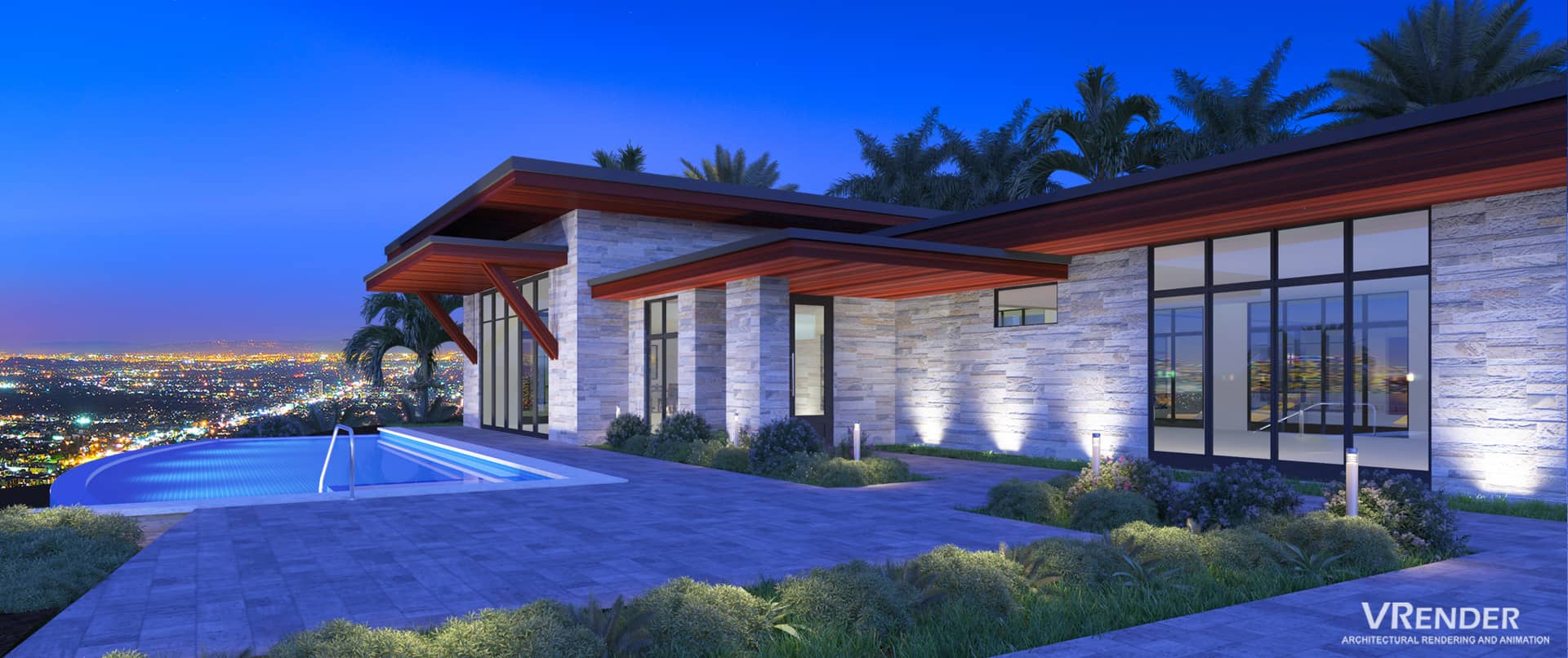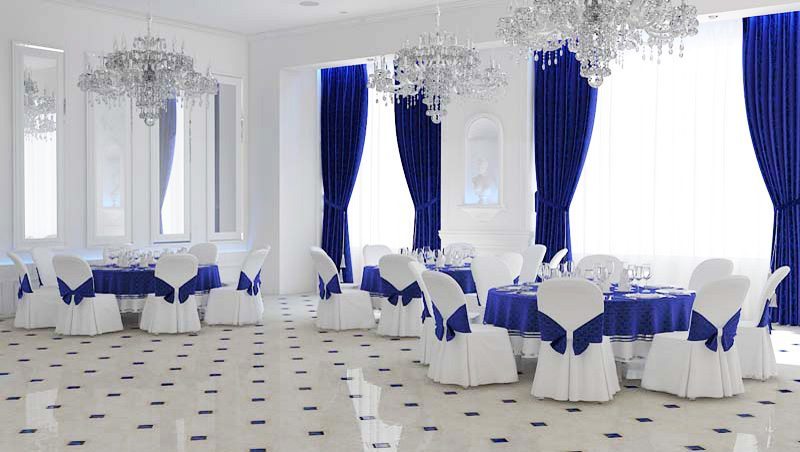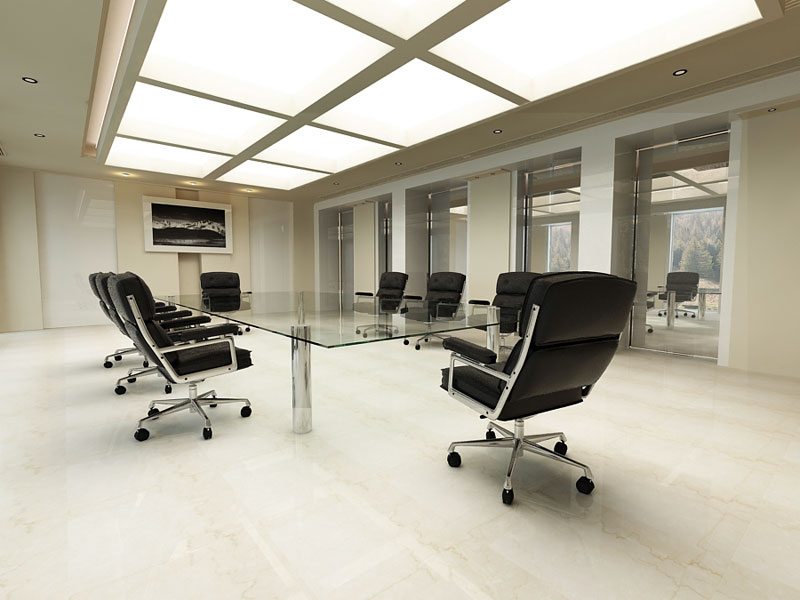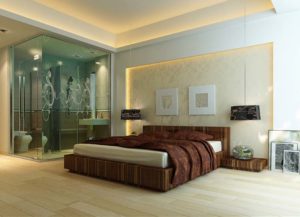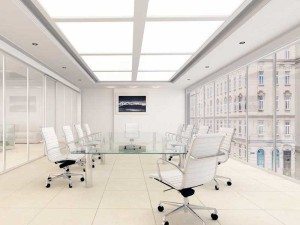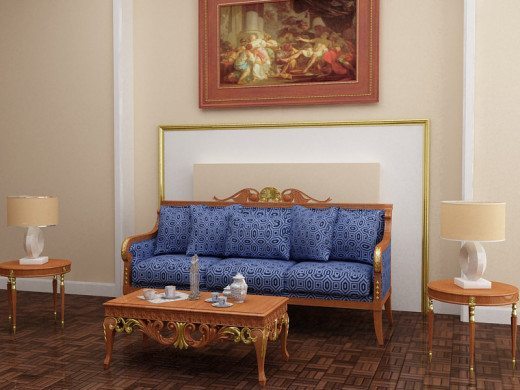
An architectural rendering company specializes in creating visual representations of architectural designs. These companies use a combination of art, design, and technology to produce images and animations that realistically depict how a building or space will look before it’s built. Their services are vital in architecture, interior design, real estate, and urban planning. Here’s a more detailed look at what these companies do:
Services Offered
- 3D Architectural Renderings: Producing high-quality, detailed 3D images of exterior and interior spaces. These renderings often include textures, lighting, and environmental elements like landscaping.
- Virtual Tours and Animations: Creating immersive 3D animations or virtual walkthroughs of a space, allowing clients to explore a property virtually.
- Floor Plan Visualizations: Converting traditional 2D floor plans into more comprehensible and visually appealing 3D floor plans.
- Photorealistic Rendering: Creating highly realistic images that are often indistinguishable from photographs. These are particularly useful for marketing and presentations.
- Site Plan Renderings: Visualizing how a building relates to its surrounding context, including landscaping, neighboring buildings, roads, and other features.
Clients and Applications
- Architects and Interior Designers: For presenting design concepts to clients, and stakeholders, or for planning approvals.
- Real Estate Developers and Agents: For marketing properties, especially those under construction or in the planning stage.
- Urban Planners and Public Bodies: For visualizing future development projects and aiding in public consultations and planning permissions.
- Homeowners: For renovations or custom home designs.
Technologies and Skills
- 3D Modeling Software: Such as Autodesk 3ds Max, SketchUp, Revit, or Rhino.
- Rendering Software: Like V-Ray, Corona Renderer, or Lumion.
- Graphic Design Software: For post-processing, such as Adobe Photoshop.
- Technical Understanding: Knowledge of architecture, design principles, and construction techniques.
- Artistic Skills: A good eye for composition, color, and detail to create visually appealing and accurate representations.
Benefits of Using an Architectural Rendering Company
- Enhanced Communication: It is easier for non-professionals to understand and visualize architectural concepts.
- Marketing Tool: High-quality visuals for promoting real estate or design projects.
- Design Evaluation: Allows for the review and refinement of designs before construction begins, potentially saving time and resources.
- Project Approvals: Useful for convincing investors, stakeholders, or regulatory bodies.
In summary, architectural rendering companies play a crucial role in bridging the gap between conceptual designs and their realization, providing a vital tool for visualization, communication, and marketing in the architecture and real estate industries.
Architectural visualization is a step forward in town planning. Modern society demands different requirements for the cities’ appearance. Particular value acquires original design decisions and the aesthetic component of the architectural object.
It is not enough just to build a common house, because people want to create a great and interesting object, perfectly suitable to a particular place. Such a result will help you to achieve the architectural visualization that allows creating a graphical display of the object.
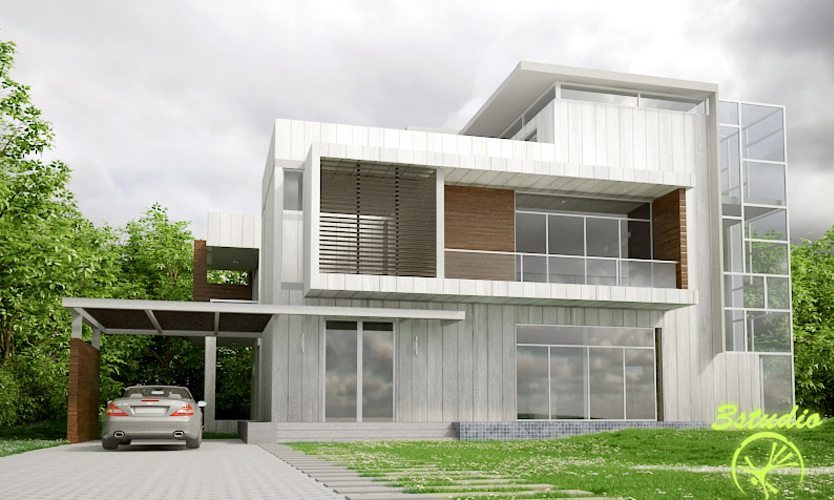
Large buildings must have preliminary layouts. You can see the appreciable advantages of architectural visualization (in comparison with traditional models) with the rendering methods of creating photorealistic objects. It is essential when you turn on the architectural form of a holistic architectural ensemble.

Visualization allows you to see the object from all sides so that it becomes possible to make changes to the project before implementing it. You can change both the overall concept and a few lines that will show the perfection of each form and will allow you to integrate it into the existing environment.
Architectural Visualization is perfectly suitable for the presentation of the project to investors or the competition of architectural committees.
